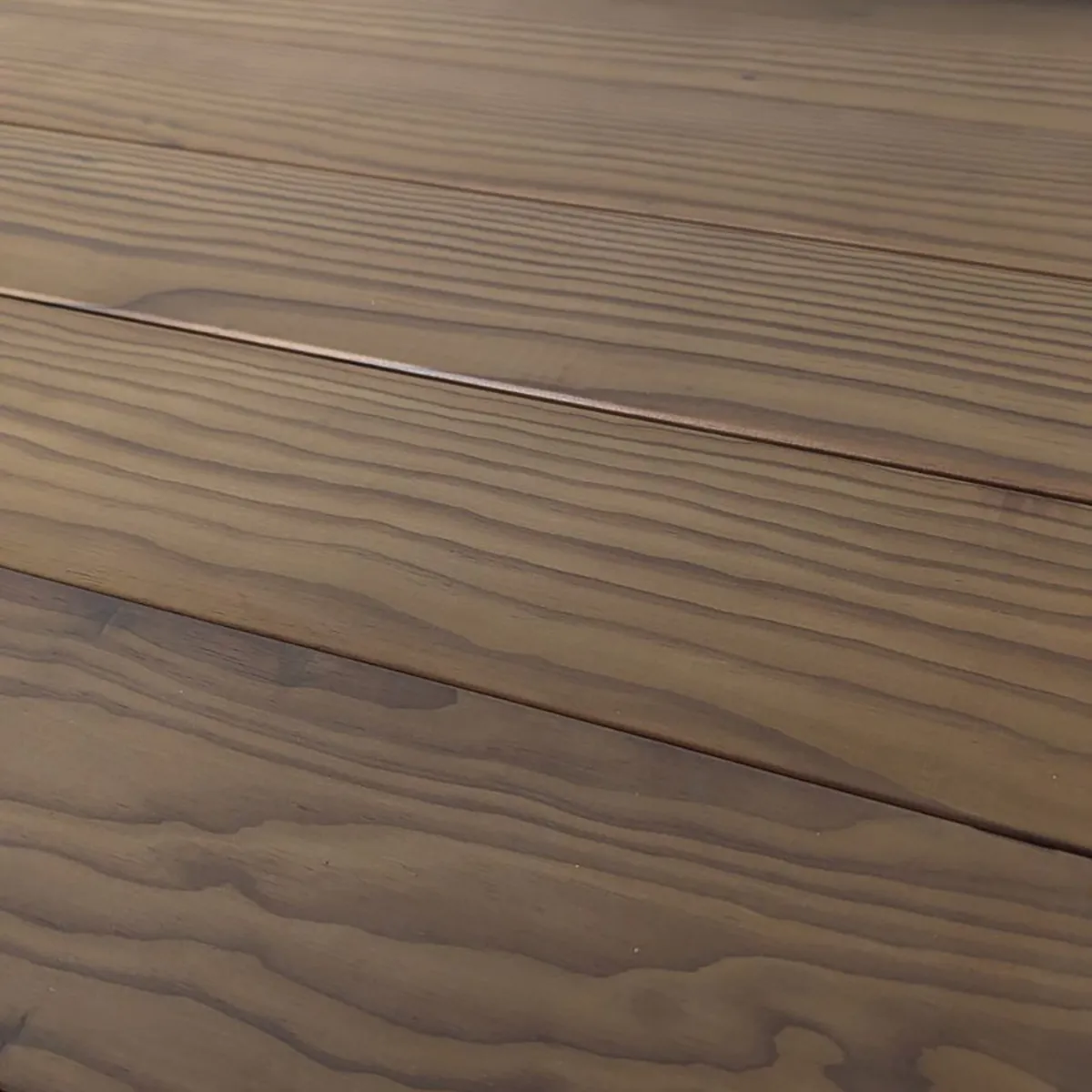Table of Contents
Outdoor living is booming. Trends in this space have grown more pronounced, as people are spending more time at home and looking at structures like decks with fresh eyes. Instead of getting away for a weekend, they’re seeking to create relaxing retreats in their own backyards that they can enjoy year-round. Your lumberyard and big box store suppliers have already been capitalizing on this opportunity, and products built for the outside continue to fly off shelves.
While beneficial for many dealers, the sky-high demand for products like decking has also contributed to a diminishing lumber supply. We’re seeing the current shortages driving decking trends on a macro level. As projects have halted and material purchasing needs have changed, many are reevaluating their stocking options, bearing decking price point, personalization and framing trends in mind.
Greater Demand for Alternative Decking at Lower and Higher Price Points
In 2018/2019, there was a shift towards the lower-end alternative decking category. Now, with today’s shortages coupled with the pent up demand resulting from staying at home, homeowners and DIYers have become increasingly interested in readily available and cost-effective alternative materials. Checking both boxes, easily obtainable traditional composite deck boards are less expensive, while affording strength, usability and beauty. What’s more, the price gap between composite and wood has narrowed significantly, making it an easier conversion for the channel.
As for alternative mid-range products, these will always have a play. After all, for the person participating at a low-end price point, there’s an opportunity to upsell to the middle ground.
We’ve also seen a migration to higher-end decking offerings. For example, as lead times have extended due to material scarcity, more customers are considering readily available options like capped PVC decking. With this material, you get a true, natural look delivering weatherability, slip-resistance and UV protection. Contractors who can’t get enough treated products can upsell these options instead as the price gap between composites and lumber continues to close.
Growing Interest in Personalized Decking
Along with availability, interest in higher-end alternative decking is climbing thanks to people’s design-oriented mindset. While functionality was the main driver of sales in the past, today’s customers are also seeking great looking, fully customizable products. And with everyone spending more time closer to home, it follows that many want to differentiate their outdoor areas more than ever before. Decks are now considered to be real living spaces, and they present another opportunity for homeowners to reflect their own individual styles and preferences.
While the interior look transitioning to the outside is a continual trend, high-design concepts that used to be less commonplace are now inching towards the norm. These elements can help turn the deck into a piece of artwork that tells a story, and can include:
- Intermixed board widths (such as 3”, 5”, 7”)
- Variegation
- Embossing
- Varied colors (such as dark boards mixed in with light)
- Bending, curving
- Inlays
- Picture framing
There are a lot of craftsmen currently creating statement decks incorporating these aesthetic components versus the standard straight-edge approach, and this is driving higher demand at a higher price point. They can rest assured knowing that they can still meet customer customization needs with versatile composite and PVC decking, while sidestepping project delays as the future of the lumber supply remains uncertain.
Shifting Mentalities on Steel Deck Framing
Like their deck board counterparts, alternative framing solutions have similarly gained traction. Ahead of the wood scarcity challenge, there was a mentality shift within the category. With composite and PVC deck boards lasting 25 to 30 years, more people started to think about where their boards were resting. Contractors also tired of getting callbacks when traditional frames popped up, twisted, rotted or dried. Against this backdrop, steel deck framing’s price point started to make sense, especially as more homeowners viewed buying a larger purchase like a deck akin to buying a car or buying a house. As a result, the framing material experienced a pick-up in the residential market.
While we were already seeing growing demand for light-gauge steel, the lumber shortage really changed the game with built-up demand on projects. It brought awareness to the fact that builders don’t have to stop their projects even without access to wood. People know they have to keep running their businesses, and many are seizing the moment to educate themselves and their customers about the merits of steel. Homeowners are seeing just how beautiful the framing material can be, and contractors are less intimidated as they find that steel installs similar to the way they’re used to, with posts and joists.
Contractors are also taking this opportunity to promote an entire deck package as a value add, making the case for a more unified exterior and a smoother build. More attention is being paid to total systems, to ensure a long-lasting outdoor living space from top to bottom.
The current moment has encouraged many to try something new, from composite and PVC decking to steel deck framing. As availability surpasses brand loyalty in importance, the playing field has leveled for alternative building products. Looking to the year ahead, it may be time to consider stocking such options that hold the potential to drive more and higher sales, while fulfilling customers’ personalization needs and bolstering reputability.










